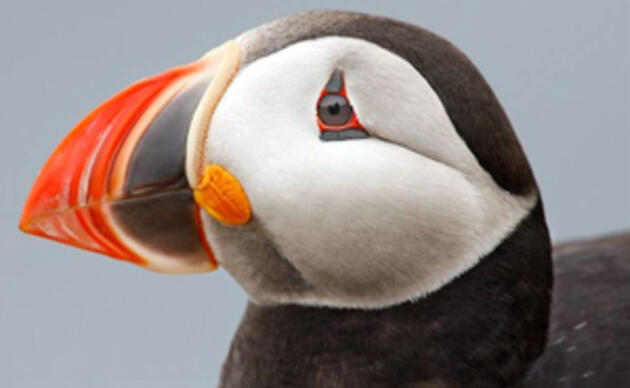Seabird Island News - Vol. 16 - 14 August 2024

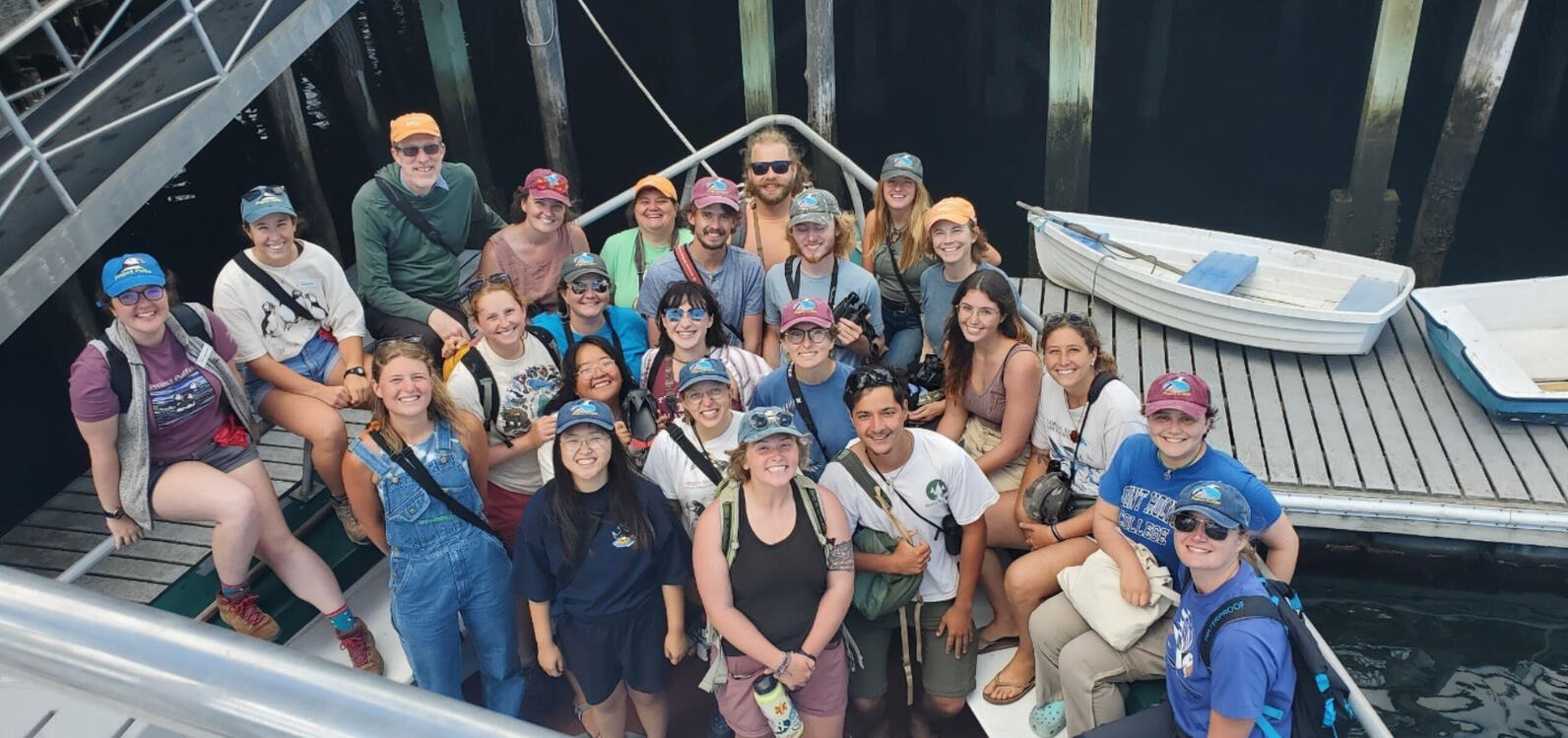
After spending three months among the seabirds, researchers came back to the mainland last week for the annual Gulf of Maine Seabird Working Group (GOMSWG) summer meeting at Hog Island Audubon Camp. After presenting this season’s preliminary results, crews returned to Eastern Egg Rock, Seal Island NWR, and Matinicus Rock to finish out the season. Before bidding adieu to this year’s other research teams, the crew celebrated the season aboard a Puffin Cruise on the Hardy Boat.
As the Seabird Island News draws to a close, the research staff share their reflections on the season.
Seal Island NWR
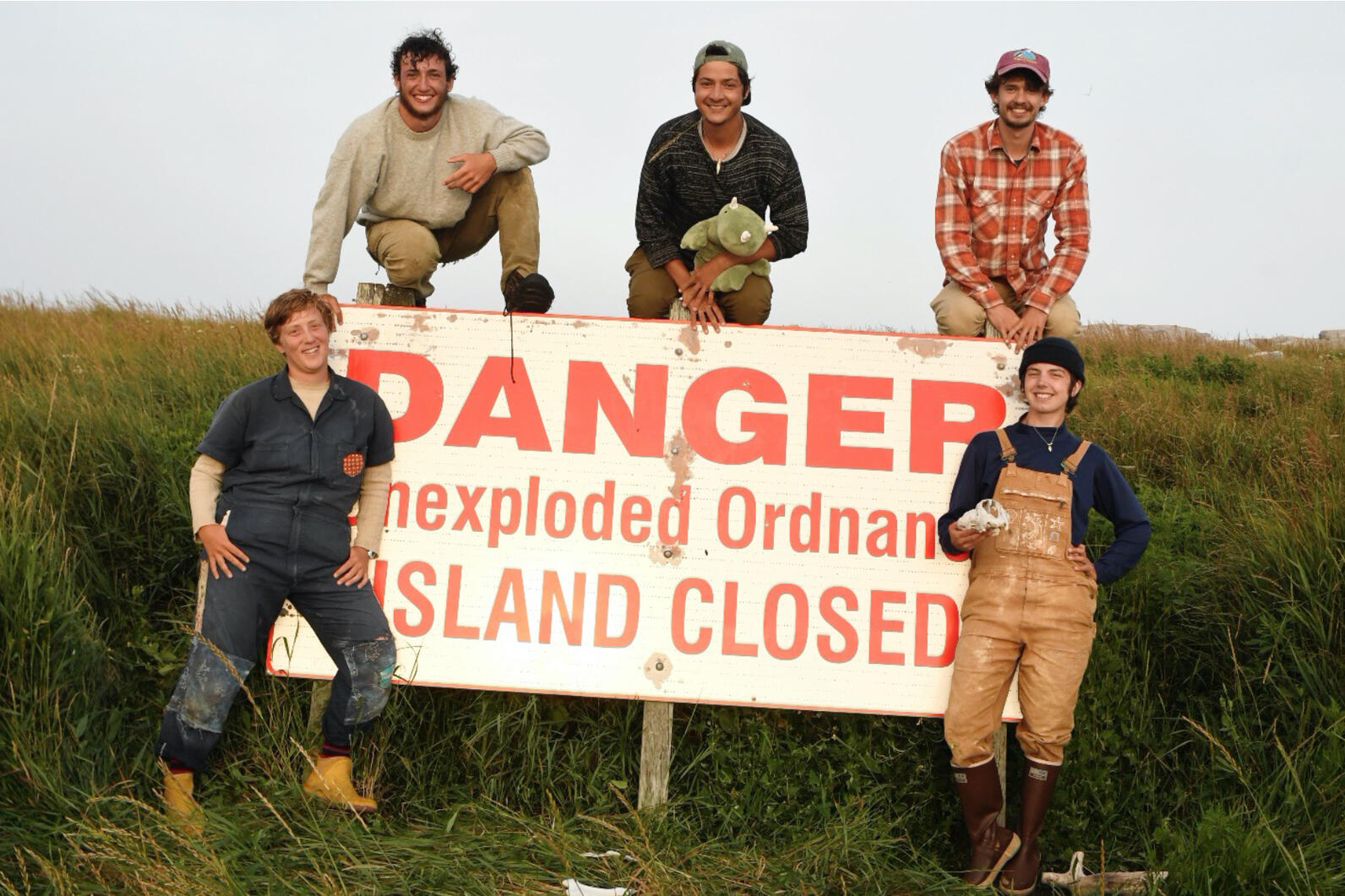
Sometimes we wonder if there is no such thing as a normal year in the Gulf of Maine anymore. We joke that we are bird farmers, watching the weather, trying to predict how many of our seeds will hatch into chicks, and hoping for the right balance of sunshine and nutrients to bring us strong fledglings. The ebb and flow of our work and our lives depends on their lives, and so any unusual phenomenon in their breeding season becomes an unusual aspect of our season. This year, the unusual phenomenon was all pink. We watched our terns bring back one gleaming translucent pink krill after another, and our puffin chicks grow thick and sleek thanks to the soft bodies of pink haddock. At the peak of the season, we listened to the interlaced cries of terns, gulls, cormorants, and shearwaters as they followed the swarms of krill just offshore. The water rippled and splashed with silver flashes of mackerel. We slid our boat onto the water and peered down to see pink masses of krill, and the shifting forms of fish deeper below. We floated through the golden light of the early evening, out to where the shearwaters bobbed on dark liquid glass. Farther from the din of the gulls, we could hear the quiet movement of the water, the vocalizations of the shearwaters, and our own nearly-held breaths. We could see the dusky feathers of the birds, the gleam of their eyes, their feet moving under the water. Slowly, we floated back to our shores; slowly, the krill and their followers moved away from the island. These events are ephemeral, as is the season. The finiteness of our time with the birds and with each other renders the golden island moments honey-sweet. They are bits of sparking light off the water, to carry with us through the winter, when the birds have flown away, and the island lies dormant, and we too have dispersed. (The Seal Island Team)
Matinicus Rock Island
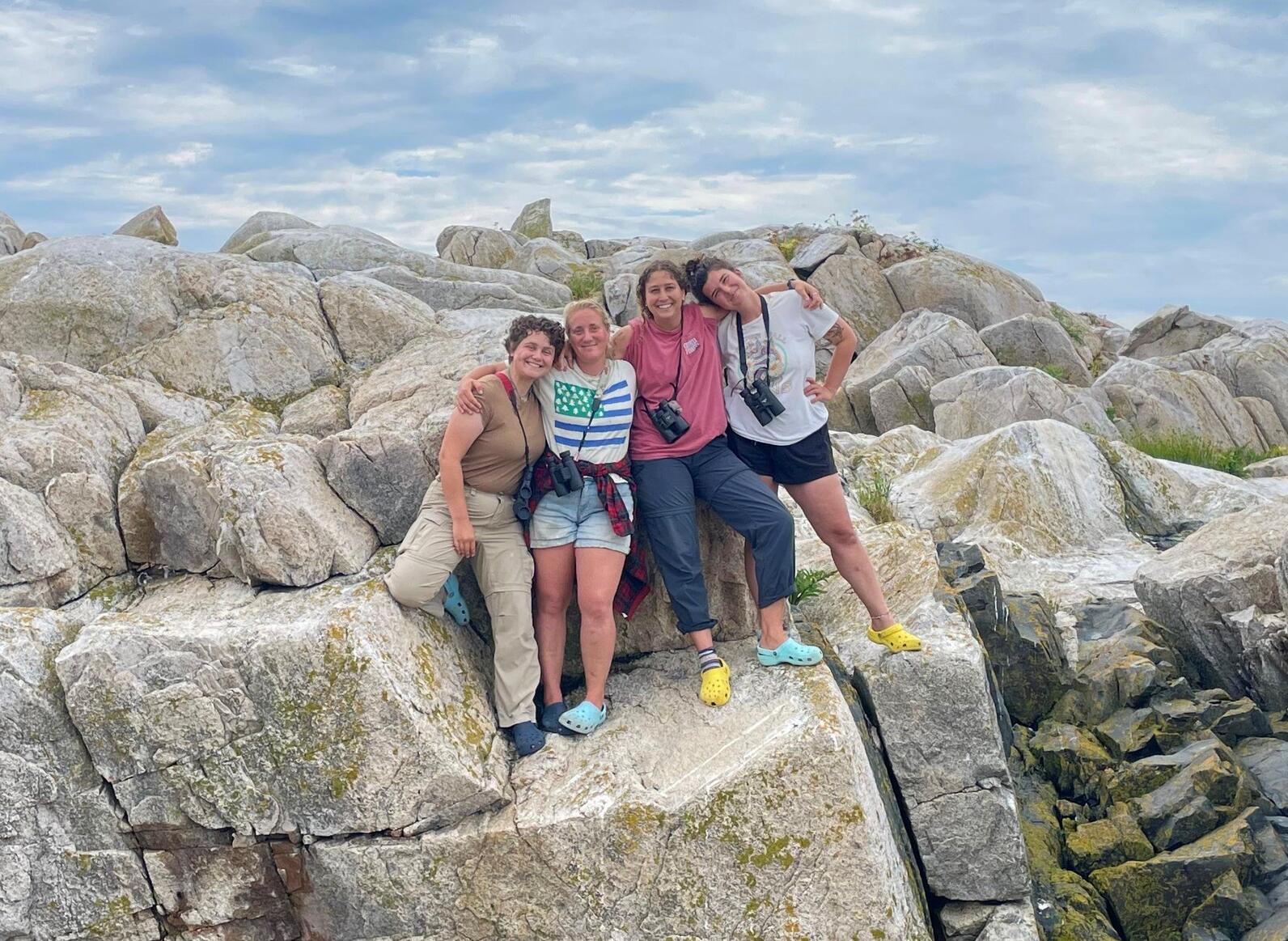
The seabirds who breed on these little islands in the Gulf of Maine become our whole world each summer. But the few months we spend watching terns, alcids, and tubenoses raise their chicks is just a small portion of their year. Each fall the island empties out, given over to high tides and storms that tumble enormous boulders, sluicing over the spine to carve new ridges and gullies. In the spring, terns finish their migration from the southern reaches of the globe and the alcids come in from far offshore. I trust each spring that the birds will come back, hoping they will arrive fit to lay eggs, and that they will be able to find the prey necessary to raise chicks. I have watched thousands of chicks fledge from these rocky shores. Birds I measured every few days before they were old enough to fly have come back to breed, and I follow the fates of chicks whose parents are older than I am. I got to know Matinicus Rock as a stable seabird colony of Common and Arctic Terns, Atlantic Puffins, Razorbills, Black Guillemots, Leach’s Storm-Petrels, and a few Common Murres and Manx Shearwaters. In the steady thrum of calls from the tern colony, it seems that the island has always been the rearing grounds of these birds. But humans have had a heavy hand in the history of this place, in the near extirpation of seabirds and in their return. Now we are in the position to think beyond our shores, about the places these birds rely upon as they forage, migrate, and overwinter. Protecting the ecosystems beyond our little granite slab is essential to these birds coming back each spring. The connections we forge working for this project are some of our biggest assets as we face a perilous future for the species we care for so dearly. This project builds individual friendships and a sense of community unlike the other fieldwork that we all do. Along with measuring tern chicks, recording puffin diet, and grubbing storm-petrels, we learn to care for our little island family. We learn how everyone drinks their coffee or tea, how to communicate across the din of birds, how to work together and support one another as we bend our bodies and minds to the island day after day. We have fun while collecting good data, learning hard skills and conservation principles we can take to our future work. While we disperse each fall and reconvene in many different configurations over the years, we take this community with us. Beyond the resilience of seabirds to increasingly adverse conditions, staying in touch with this group of people is the thing that makes me most hopeful for the possibility of creating positive changes for these birds in the future. (The Matinicus Rock Team)
Eastern Egg Rock Island
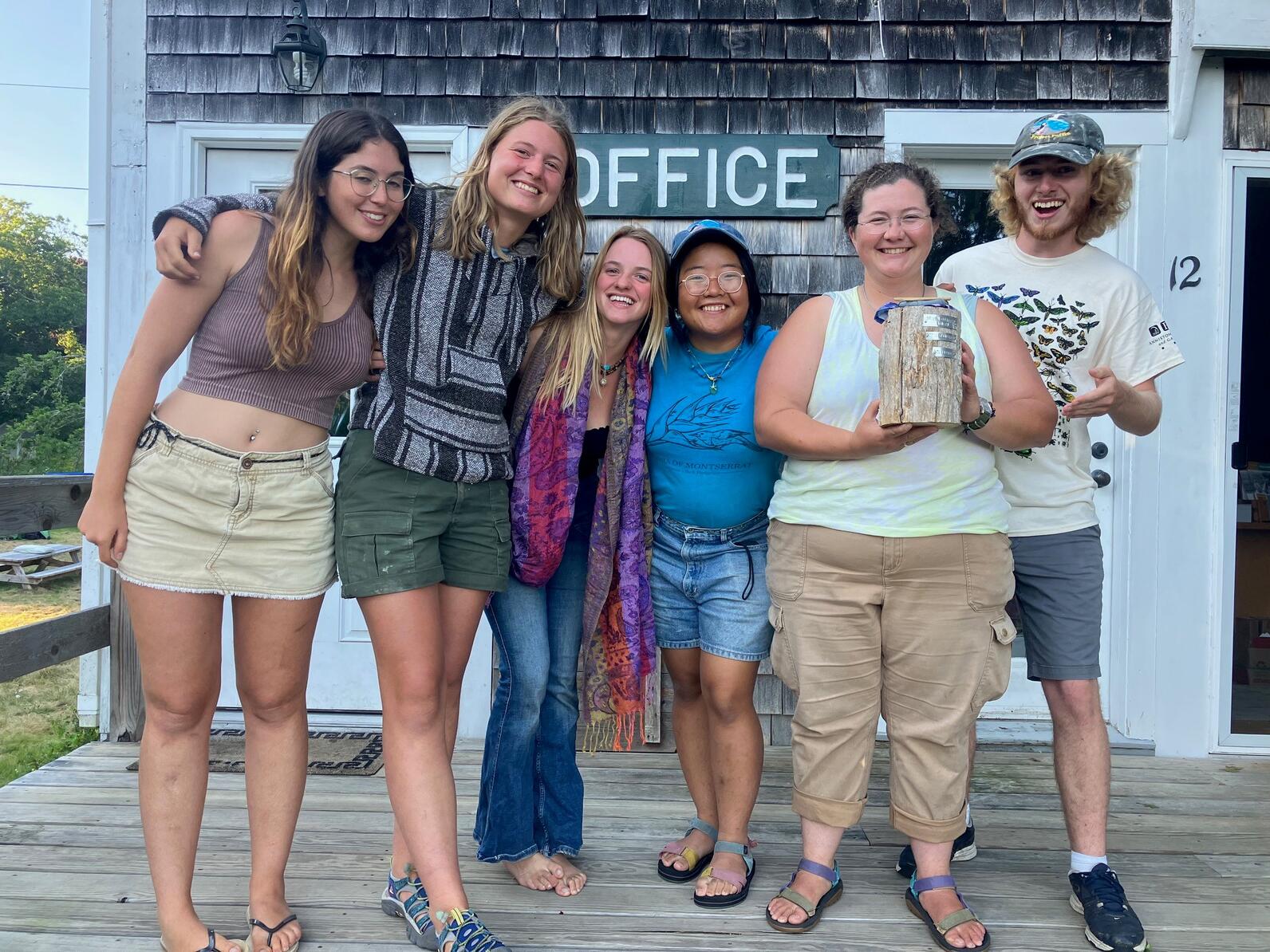
While the season started out with more challenges than expected for the human inhabitants of Eastern Egg Rock, with the Hilton damaged by the winter storms, it was an amazing opportunity to observe and study the resilience of the avian inhabitants of the island. The boulder field along the perimeter of the island where puffins and guillemots nest were jumbled, and historic Roseate Tern nesting areas were filled in with gravel, all caused by the storms.
Despite all of the challenges to their nesting sites, the birds bounced back! The puffins and guillies found alternative burrow entrances or entirely new nesting locations. Roseate Terns began to nest deeper into the bounder field, contributing to them having one of the best seasons they’ve had in the last five years.
While we know that the ability to endure storms and the stores of changes they bring is part of what makes a seabird a seabird, getting the opportunity to see first-hand just how capable they are of adapting to large-scale nesting-habitat changes is fascinating. (The Egg Rock Team)
Jenny Island
This season was one of much wonder and joy, watching our several thousand terns collectively raise several thousand chicks. Jenny Island really taught me how important even just one small location can become for a huge portion of an entire species. It shows how critical the constant conservation of these small but vital hotspots can be. After all, one large storm or one lone predator can cause the whole colony to fail. Yet, as vulnerable as these hotspots are, they also show how one small team can do a lot of good with just a bit of know-how and the right tools. That's the lesson this project really taught me. Conservation doesn't only have to be mega million-dollar projects with hundreds of people; It can also be just you making your own little hotspot for birds. (Curtis Mahon)
Pond Island NWR
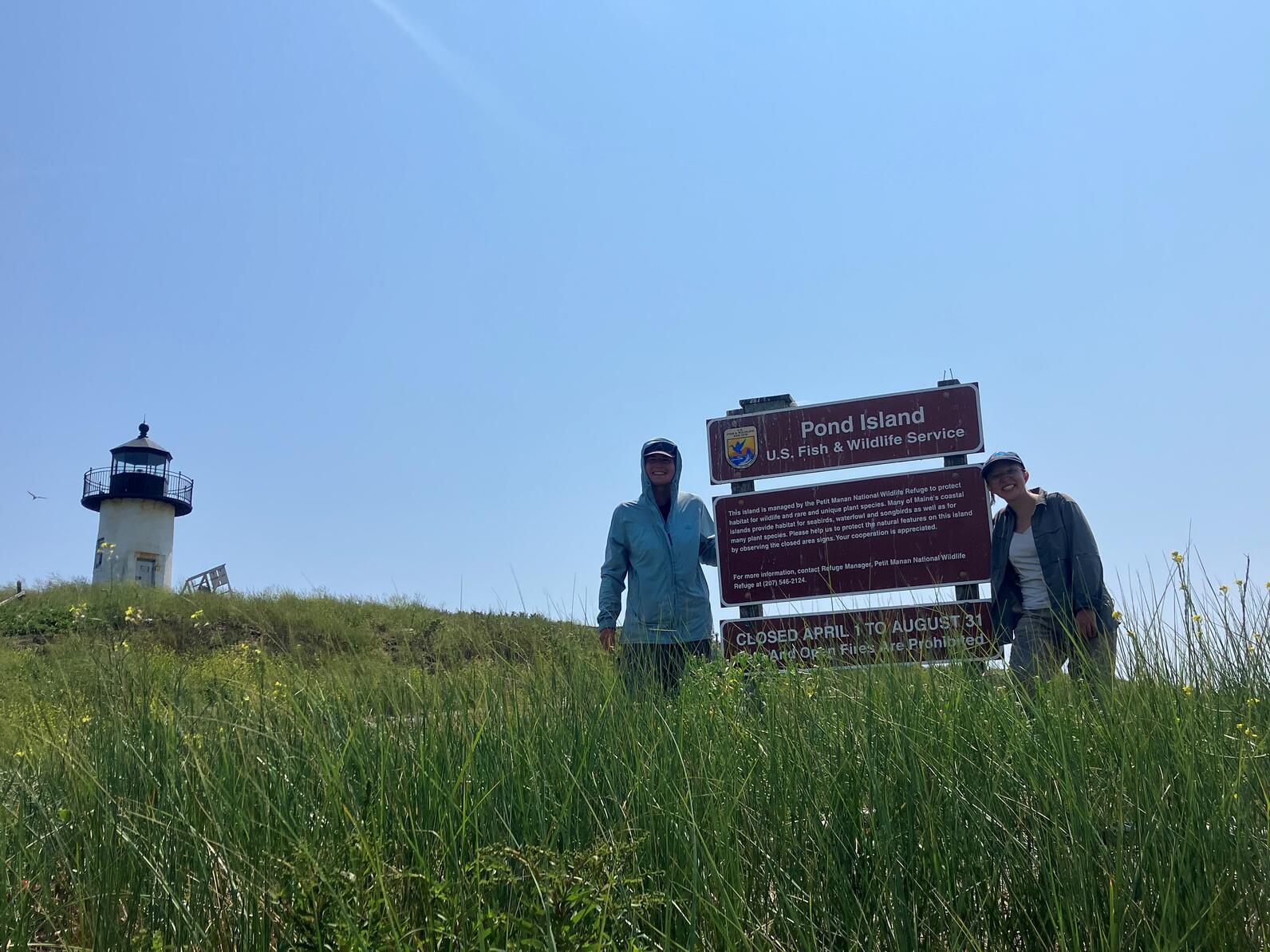
This summer I have learned how to manage an island and 'juggle.' I mean this both metaphorically and literally with juggling the research tasks as well as the everyday tasks that come with island living and camp life. I think through this experience I have learned how to become a stronger leader and a more adaptable person, which is invaluable. I have also learned more about our feisty friends, the common terns, and that won’t ever go away. (Samantha Smith)
This summer I learned much more about the nuances of conservation work. It is easy to learn about things in a classroom, but much more complex to implement them every day in the field. I am so grateful for the opportunity to learn about this new ecosystem and its inhabitants, and I will carry the lessons I learned here with me far into the future. (Morgan Sherwood)
Outer Green Island
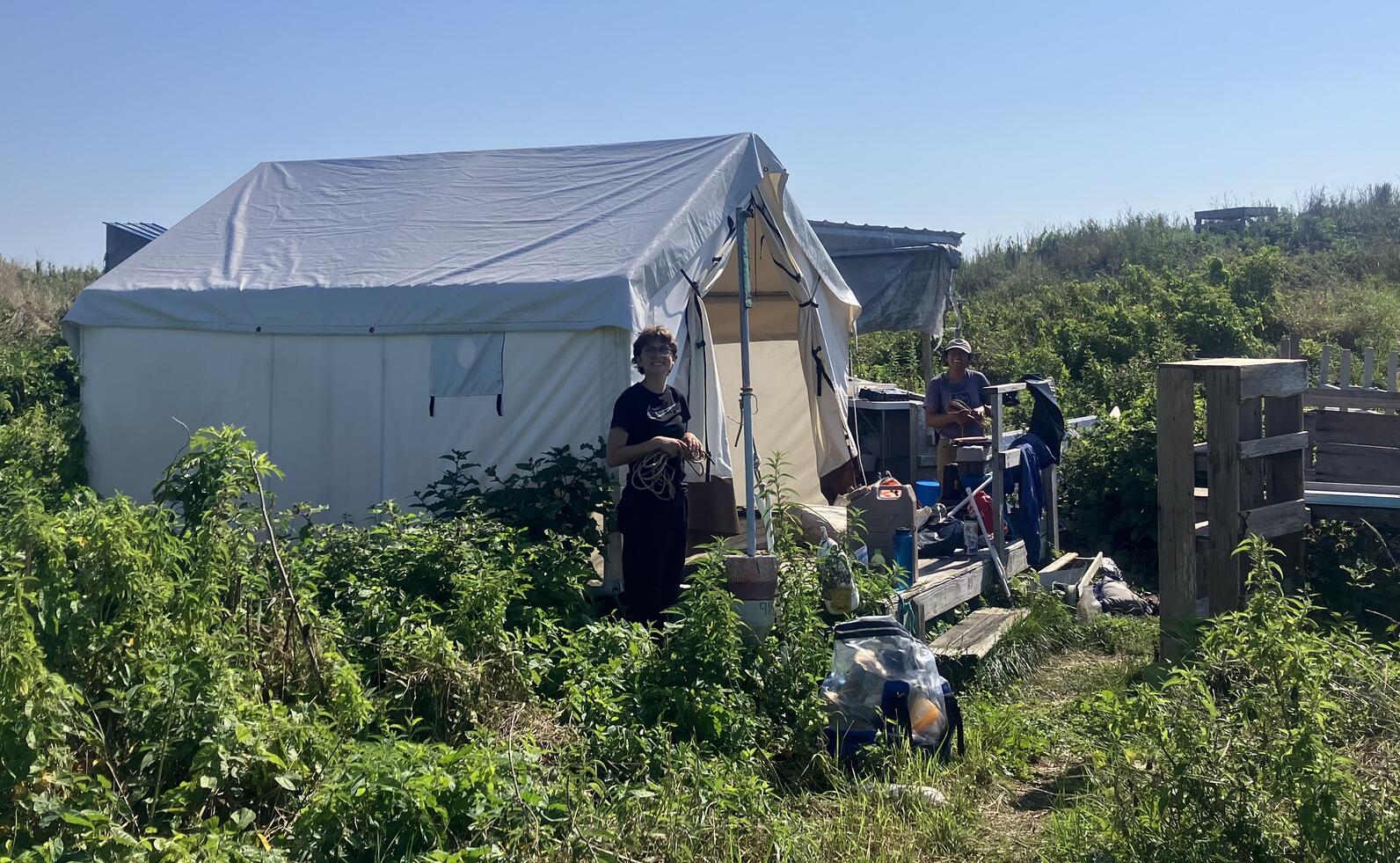
Living and working on OGI reminded me of how much I love learning about and observing the flora and fauna around me. I am grateful that I was able to reconnect with this passion on top of learning new field skills, and working on old ones, and building my self-reliance. I'm looking forward to heading back to Chicago and birding, learning about Midwestern plants, and hopefully assisting with bird banding efforts during my time there. (Sejal Prachand)
This season on OGI was chock full of fun and exciting research. Having the common terns squawk me through my first field season was trying at times, but those funky flying fellows will forever have my heart. I also loved getting to see the guillemots grow up, as it was an unforgettable experience watching their downy fluff turn into a coat of Oreo-like feathers. I will miss the island life, but I hope to return soon! (Ari Raschid Farrokhi)
Stratton Island
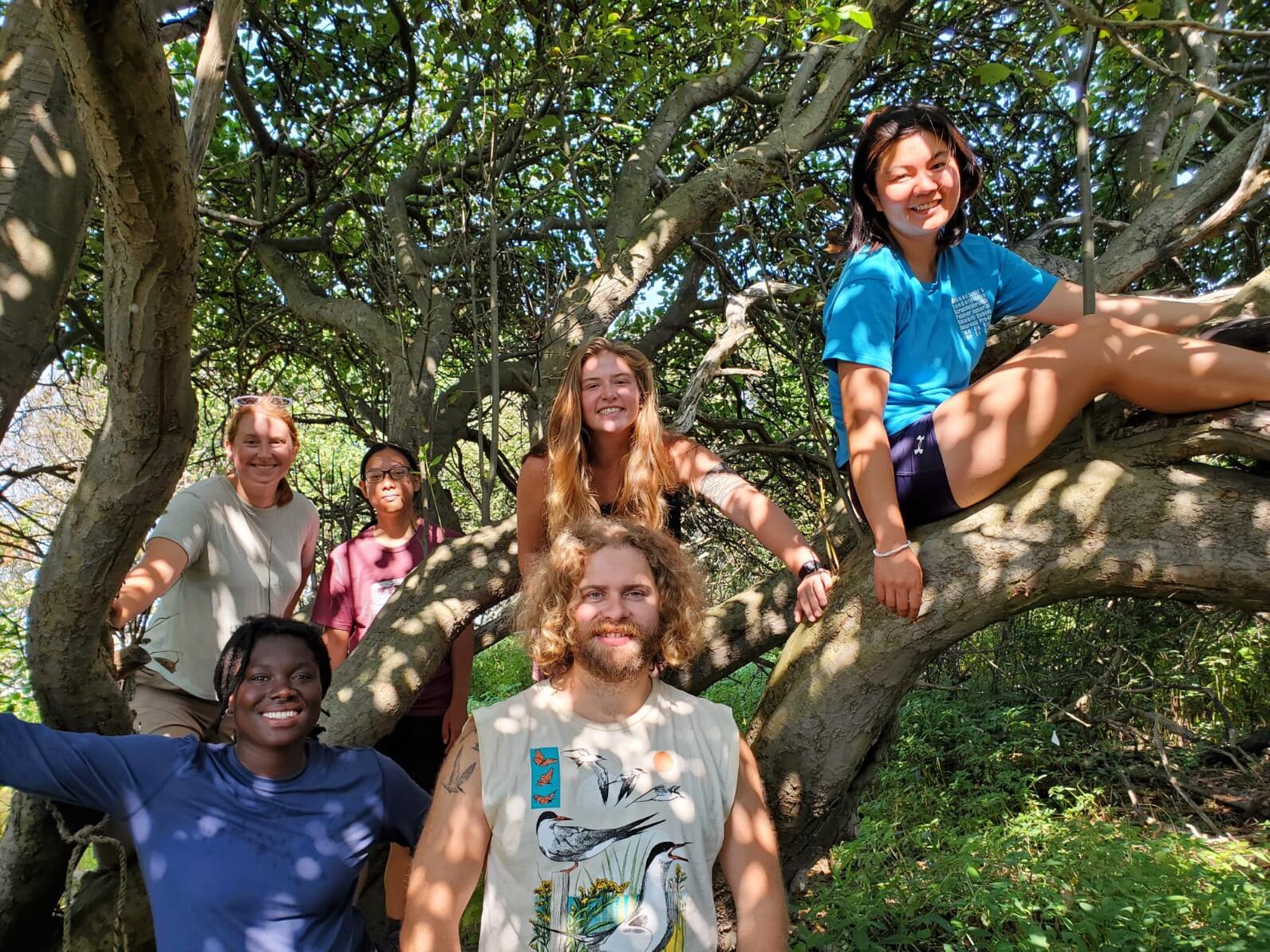
With this being my 6th season working on a tern island in the coast of Maine, I've about reached the most I can expect a breeding seabird colony can show. Although I still have a great love for these birds, they're like family, and you often can tell how your family is going to behave. What isn't expected, however, is how your teammates are going to be this year, a/k/a, the human family that you're going to live with for 3 months. Well, this year, my human family was amazing. I think I speak for all of us on Stratton that our crew was the best part about living out on the isolated island that it is. The amount of laughter, joy, and growth spent with this great group of dedicated people is something that will always stick with me, and something I'll always look for again. Kay, Ellie, Tiffany, Kaitlyn, Nacho, Joe, Elaine, Keenan, Rafa, Sean, and Juliana - thank you!! (Ben Becker)
For additional news, please visit the Seabird Island News index page.
Learn about birds and take action
Adopt-A-Puffin
Adopt now and receive a Certificate of Adoption, along with a biography of "your" puffin!
Visitor Center
The Project Puffin Visitor Center (PPVC) is located at 311 Main Street in downtown Rockland, Maine. The center opened its doors officially on July 1, 2006.


